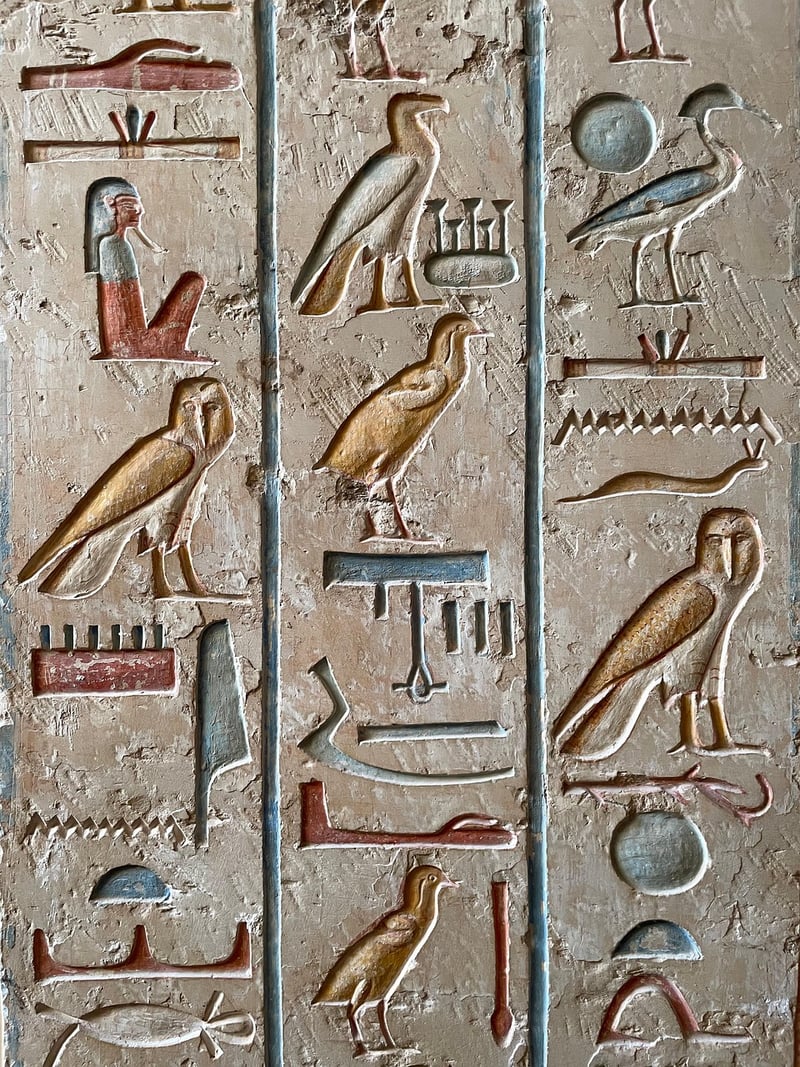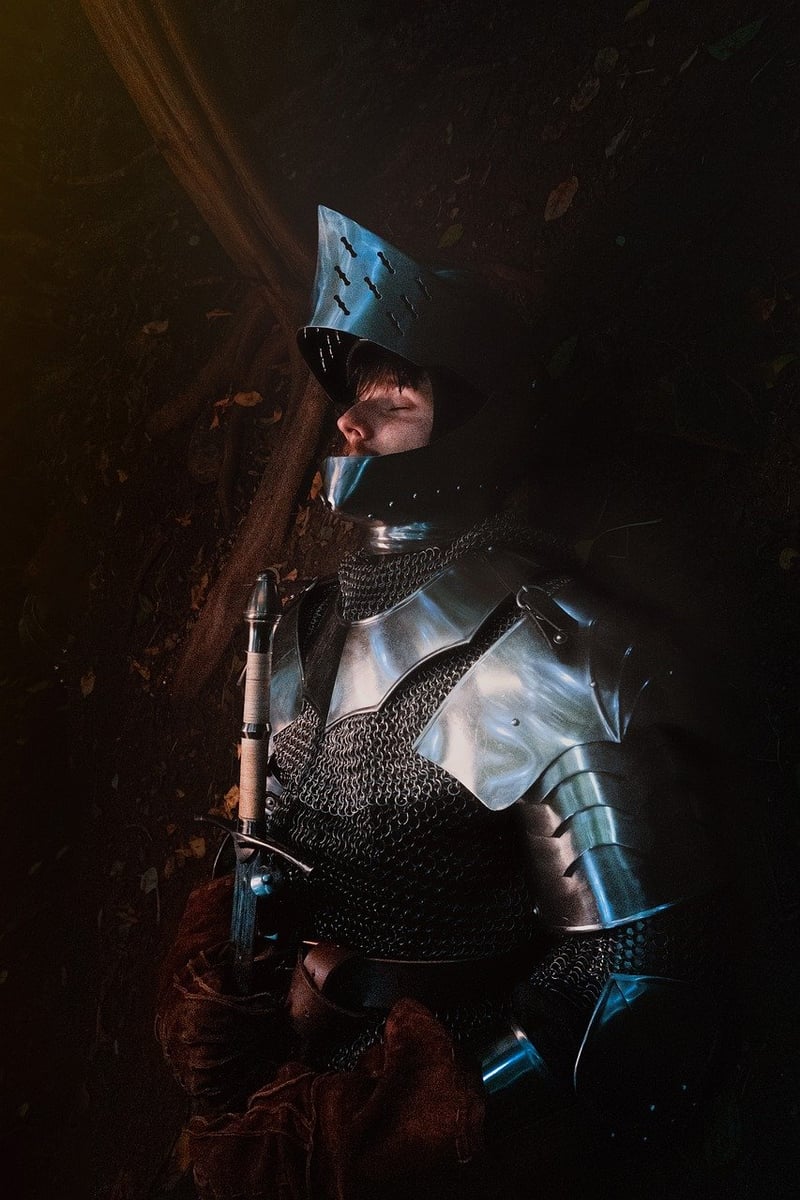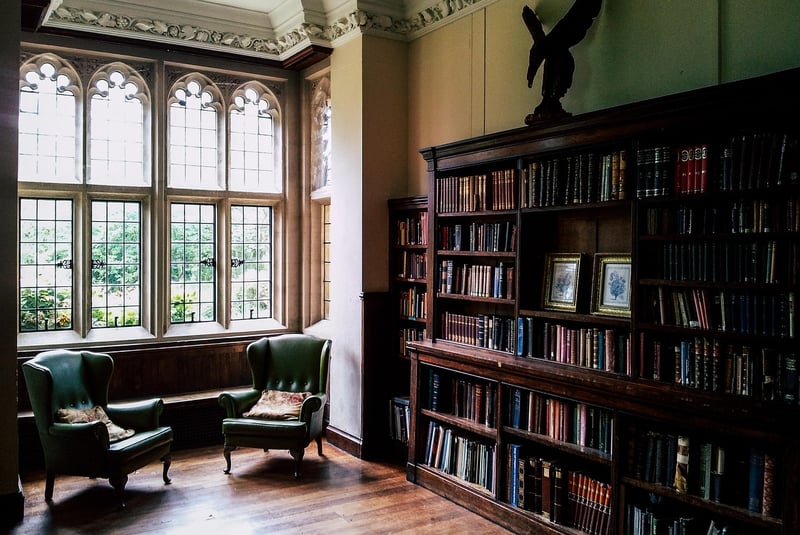Historical Etiquette
Guidance for Time Tourists: Historical Etiquette
Welcome, time travelers! As you embark on your journey through different eras, it's essential to understand the significance of historical etiquette. Navigating the social norms and customs of the past can be both fascinating and challenging. Here are some tips to help you blend in seamlessly with the historical context during your time-traveling adventures.
Ancient Civilizations:
When visiting ancient civilizations such as ancient Egypt or Rome, respect for authority and elders was paramount. Bowing or using formal titles when addressing figures of authority was common practice. Remember to adhere to the dress codes of the era, which often reflected social status and occupation.

Medieval Times:
In medieval times, chivalry and courtesy were highly valued. Knights and nobles followed a strict code of conduct, emphasizing honor and bravery. If you find yourself in a medieval court, address royalty with the utmost respect and observe the proper protocols for feasting and entertainment.

Victorian Era:
The Victorian era was characterized by elaborate social rituals and strict etiquette rules. Proper attire and decorum were essential, especially when interacting with the upper class. Pay attention to nuances such as the language of flowers and the intricacies of calling cards.

Roaring Twenties:
The 1920s marked a time of societal change and liberation. Jazz, flapper fashion, and speakeasies were emblematic of the era. When visiting the Roaring Twenties, embrace the spirit of the times by participating in dances like the Charleston and adopting the slang of the period.

Remember, as a time traveler, your actions can have far-reaching consequences on the course of history. By understanding and respecting historical etiquette, you can ensure a harmonious and enriching experience as you journey through different time periods. Safe travels!
